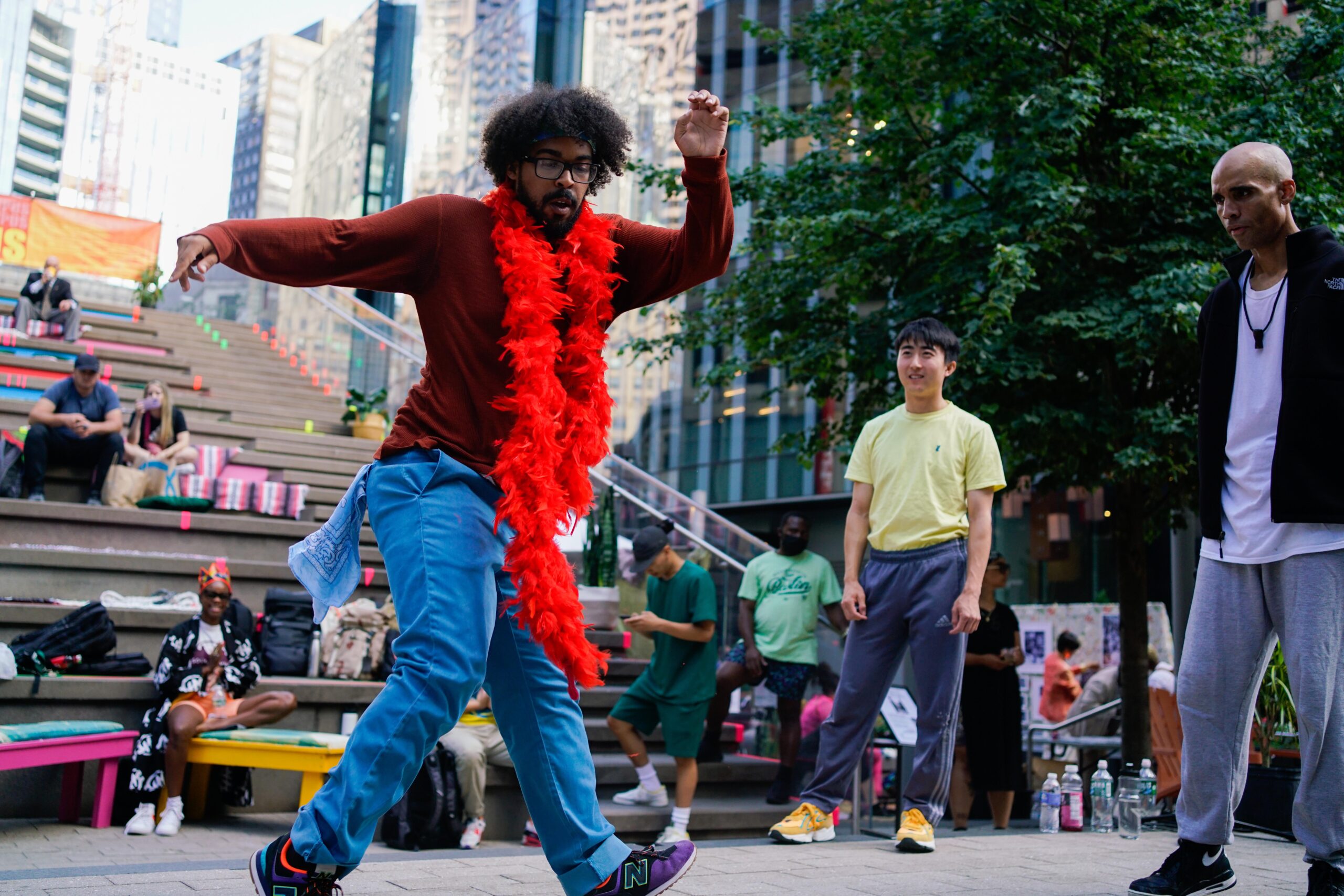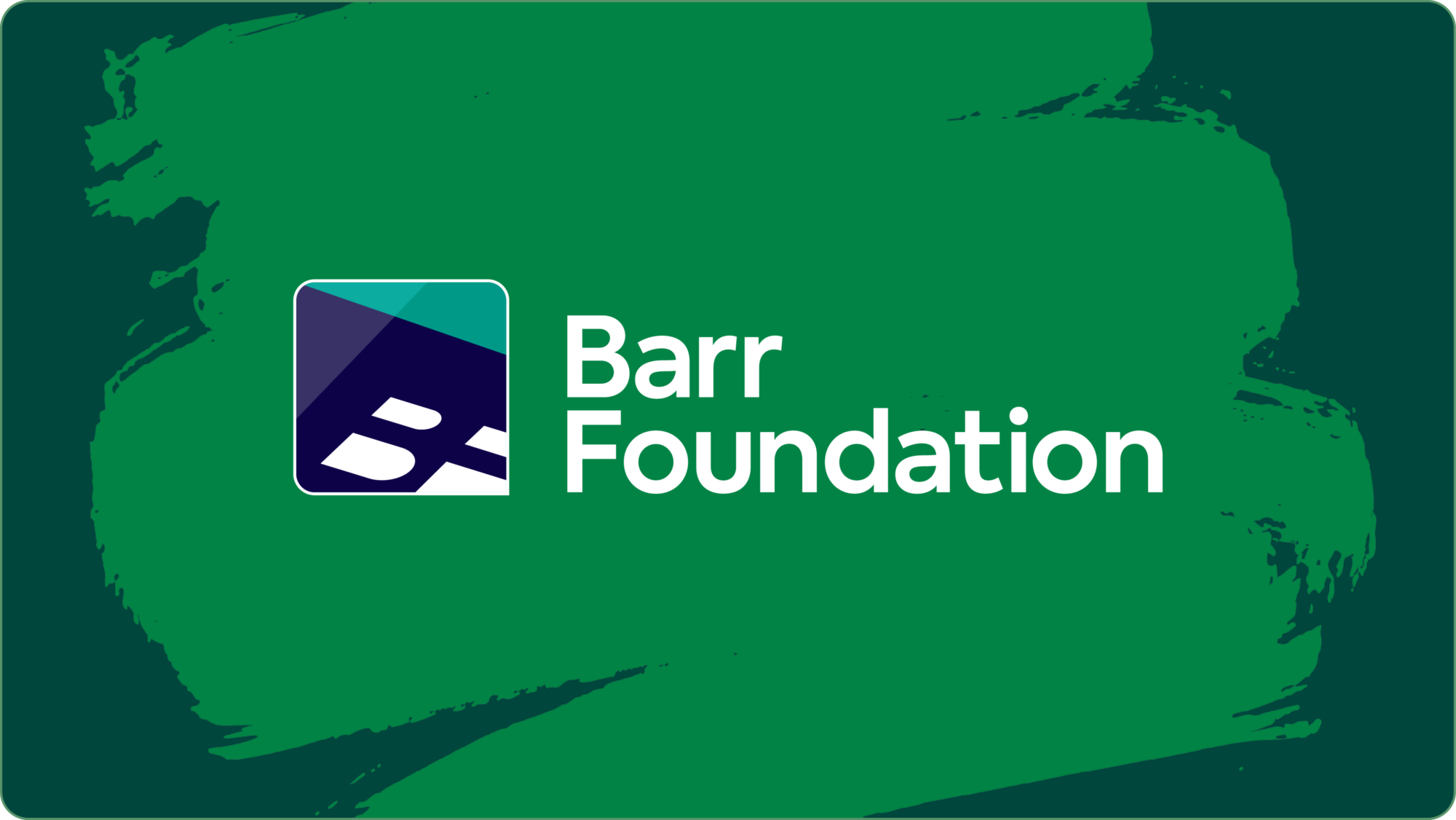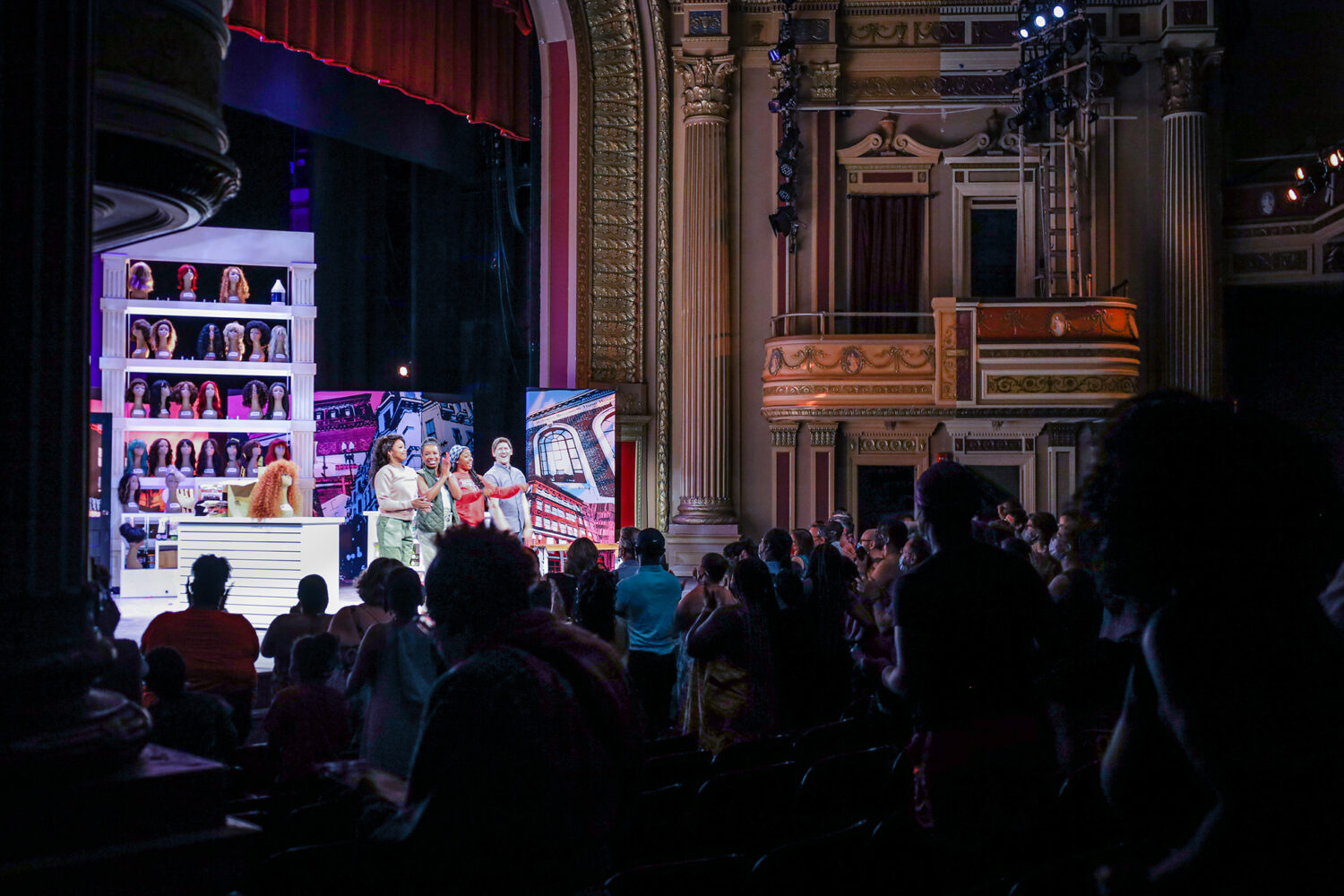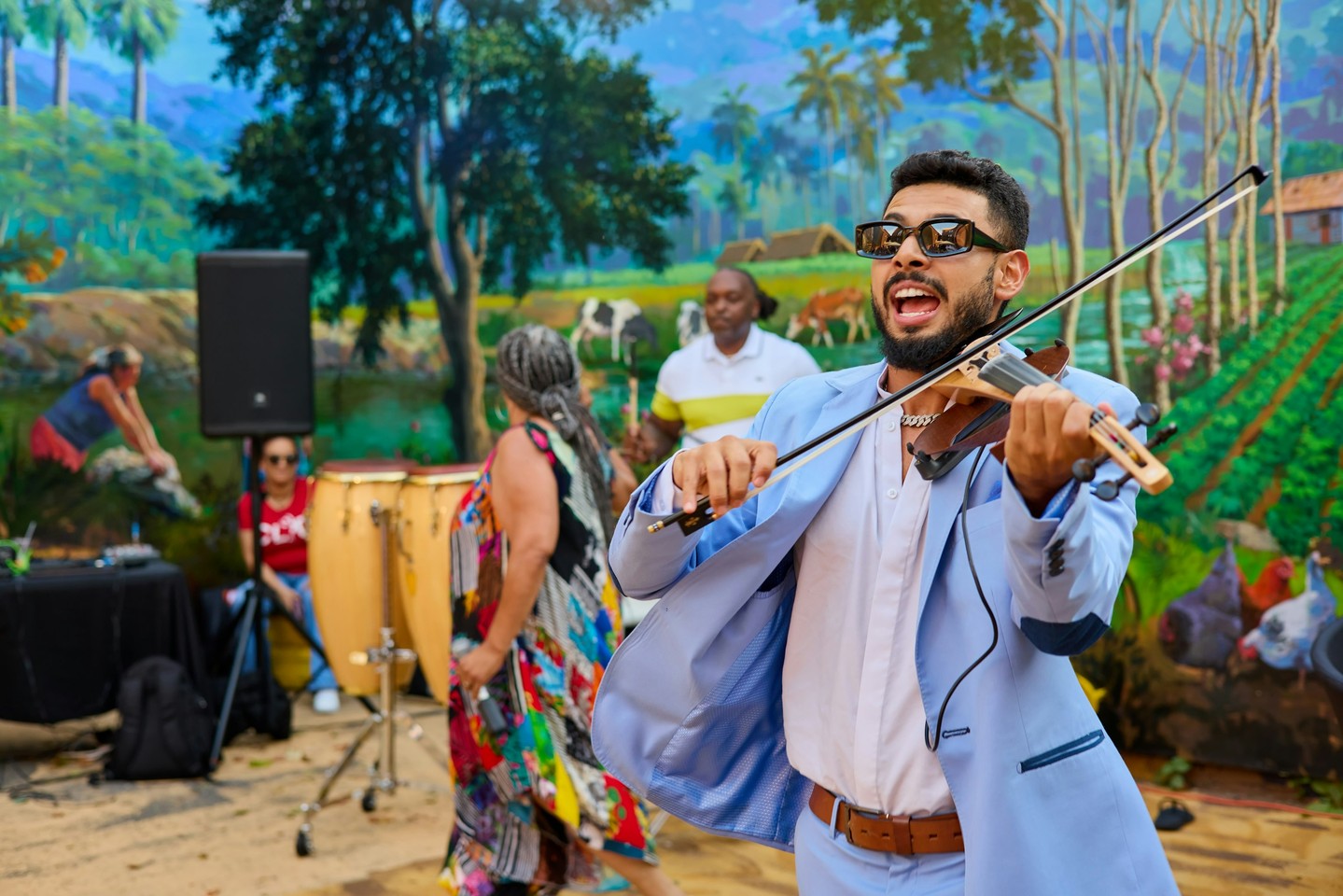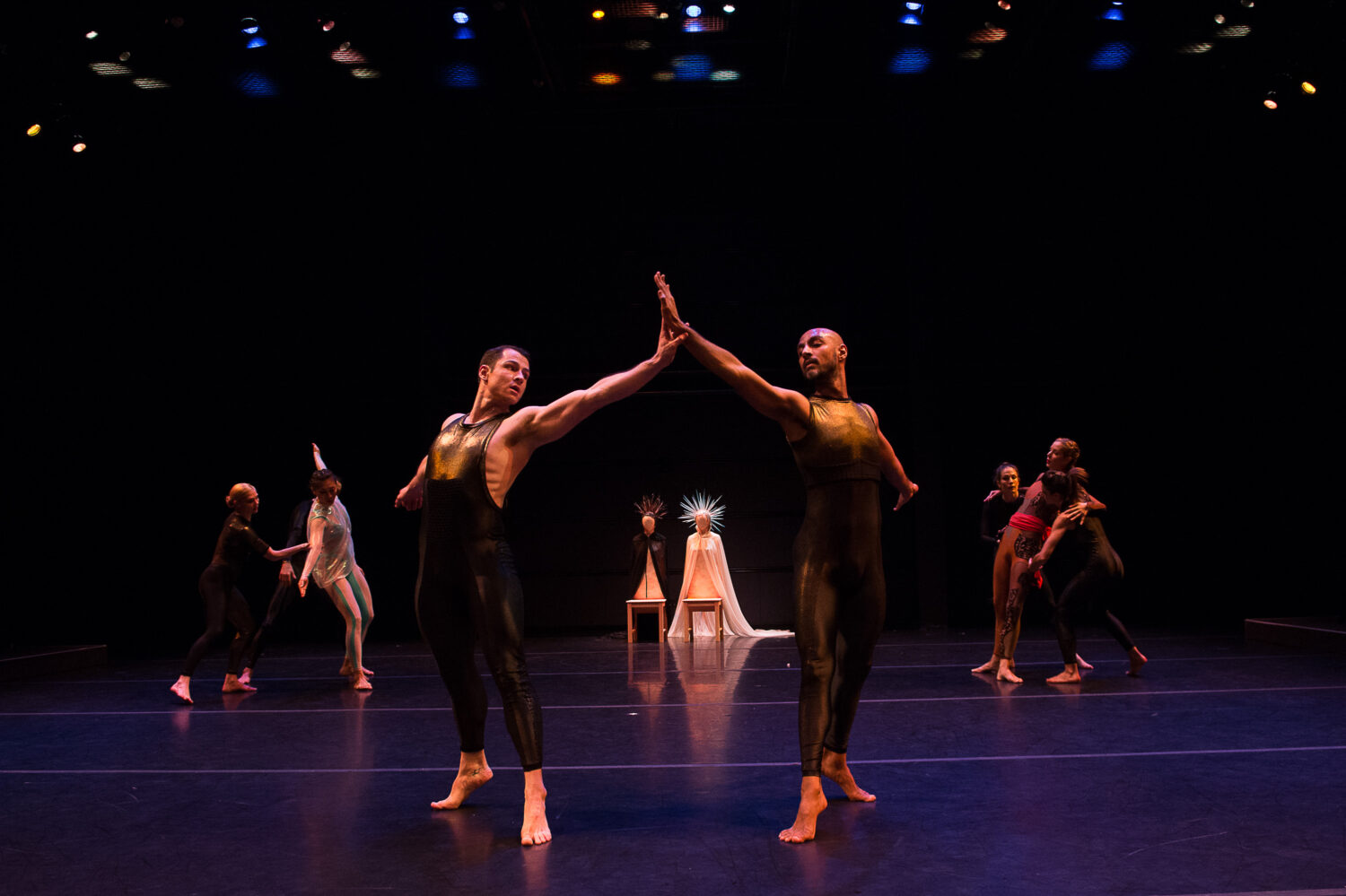You joined the Foundation in July. What have you been thinking about in your first few months at Barr?
I just came out of a meeting with the Climate team so top of mind for me is how we can find ways to work together across the Foundation and bridge the gaps between our priority issues.
I am very much a people person. I love meeting people, and I get my energy from talking with people. So one of the most important things for me in my first few months at Barr has been getting to know my coworkers and our partners. It’s so impressive to think about the ways that our team members are dedicated to their advocacy work and overall impact, and the ways in which our grantees are passionate about the work they do.
I am impressed with the reach that the Arts team has across Massachusetts as a whole. Although Boston is where our offices are located, there are so many communities across Massachusetts where we have an impact.
You’re a city planner by training. What drew you to that work?
Before I was a city planner, I traveled the US and other countries as a performer and dancer. When I was traveling and seeing different cities, I was always intrigued by the elements that make them vibrant and unique, whether it be a little coffee shop or a promenade. I’ve found that spaces are more vibrant when they are designed around and meet the needs of the people who use them.
Ultimately, that’s what got me into city planning – the admiration and curiosity for the ways in which places are designed and, more importantly, how they impact people’s experiences at a local level.
I try to bring this mindset of “people first” to my work. A great (and maybe overly simplified) example of this is when I walk my dog at the park. I’ll usually walk on the trails, but my dog isn’t staying on the trails. He’s running around, through the woods, chasing squirrels and finding his own path. He’s not thinking about how there’s a trail he needs to follow, and sometimes you’ll look into the grass to find an “undesigned” trail from people that have veered off to make their own path. This is because there is not one trail that fits everyone’s journey -that’s not how people live their lives.
What questions does that raise for us as program designers? For me, I think the answer lies in getting to know the people with whom you are working to better understand their needs, and start there.
How has that experience and your personal background as a performer informed your thinking and approach to grantmaking in the arts?
I see this role as a perfect hub of my experience as an artist and as a city planner.
As a performer and in my current experience, I have found that if you look carefully enough, you can find art everywhere around you. Yet, I think a lot of people don’t recognize themselves as artists. For example, when I was growing up, we would have lots of get-togethers where my family would put on a little theater, music would be playing, and my friends and family would be performing. It touched every part of our lives. Did any of us call ourselves artists? I don’t think so, and I find this a common issue in my work. Because I believe everyone is artistic in some way, I think about how I can help people see themselves as artists and understand the ways that art and cultural activities play a role in their lives. To me, art isn’t an afterthought – it is a central and essential part of life.
In city planning, projects often involve taking a long-view approach, where you might work on a citywide plan for goals to achieve by 2050. I find this to also be the case at Barr as we’re not necessarily looking for systems change in a one-year grant timeline. Our investments often focus on how to improve things for the now but always with an eye toward the future so that it’s easier for artists to do what they do best – create art.
So, my experiences in taking the long view, combined with the belief that art is everywhere, influences my day-to-day interactions with grantees and program design. I try to maintain empathy for the artists facing struggles on a daily basis while trying to address the systemic issues that may cause harm within our communities. I have also been on the other side of philanthropy (by seeking grants), so I definitely bring an understanding of those needs to my work at Barr.
Are there specific projects or initiatives you’re excited to be working on?
I am excited to bring my city planning expertise to questions at the nexus of real estate and culture. In the near term, I’m just excited that this job allows me to view and participate in the art presented by our grantees. In the fall, I went to the American Repertory Theatre’s re-series of Anna Deavere Smith’s Twilight: Los Angeles, 1992 about civil unrest in the wake of the Rodney King beating. Smith revised the piece for a five-person cast, where each person plays multiple roles, sometimes playing characters of a different race or gender. They did an incredible job, and I was in tears watching it and seeing how relevant it was today.
